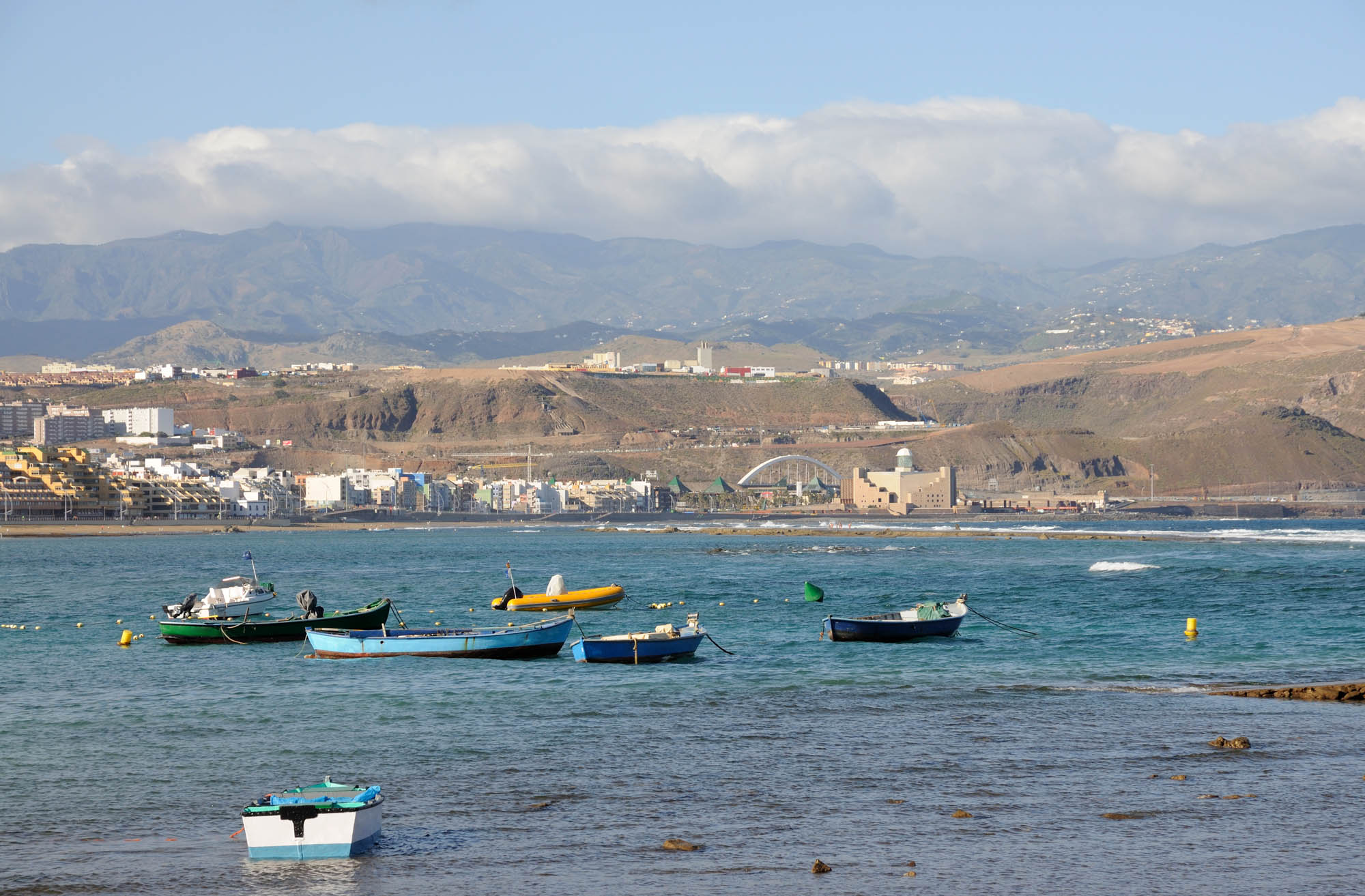
Las Palmas de Gran Canaria
60% of divers returns to us
How to get to the Las Palmas de Gran Canaria
"Las Palmas de Gran Canaria, commonly known as Las Palmas, is the largest city and capital of Gran Canaria. It is located in the northeast part of Gran Canaria Island, in the Atlantic Ocean. Gran Canaria airport is located in 25 km from it. Las Palmas is a good choice for a holiday, and has a lot of entertainment: theater, movies, opera, concerts, festivals, Carnival (known not only in Spain but also worldwide), as well as cathedrals, museums such as the Casa de Colón Museum and Casa de Pérez Galdós Museum, which are some of the best. Tourists should also walk through the city center of Las Palmas, the Vegueta, that was declared a UNESCO World Heritage site in 1990. Along the northwest side of the city there is also the longest urban beach in the world, the Playa de Las Canteras. Scuba divers will be especially attracted here with some of the best wreck diving in the Canaries, as well as the opportunity to explore walls, caves, arches, and swim-throughs. In these clean and clear waters divers can enjoy a variety of marine life. Divers can also take a trip to the marine reserve at El Cabrón on the east coast, well-known for the abundance of marine species and for the volcanic reef that has caves, cliffs, and arches.